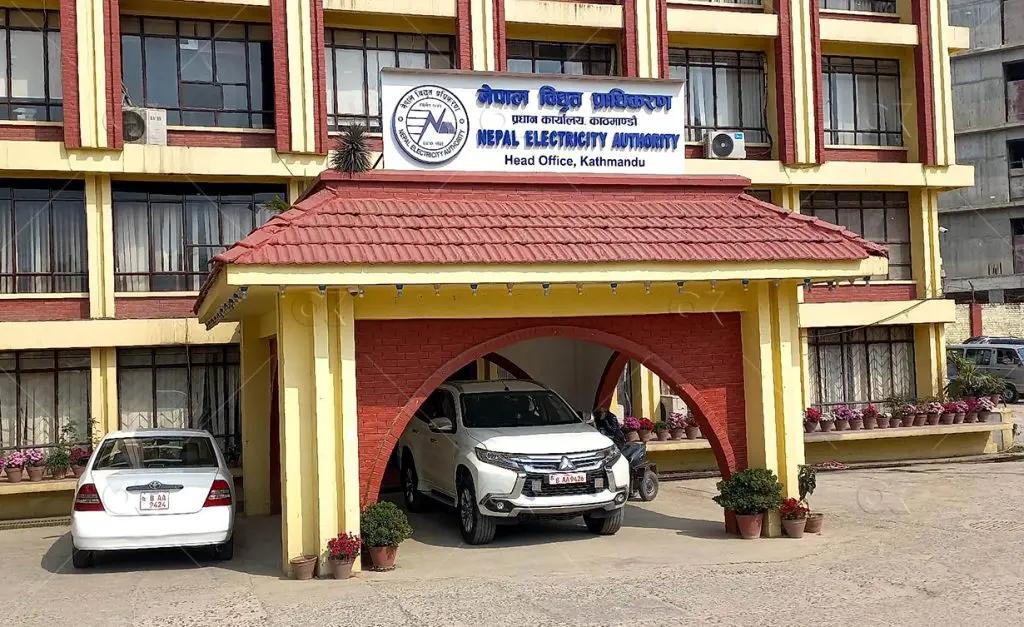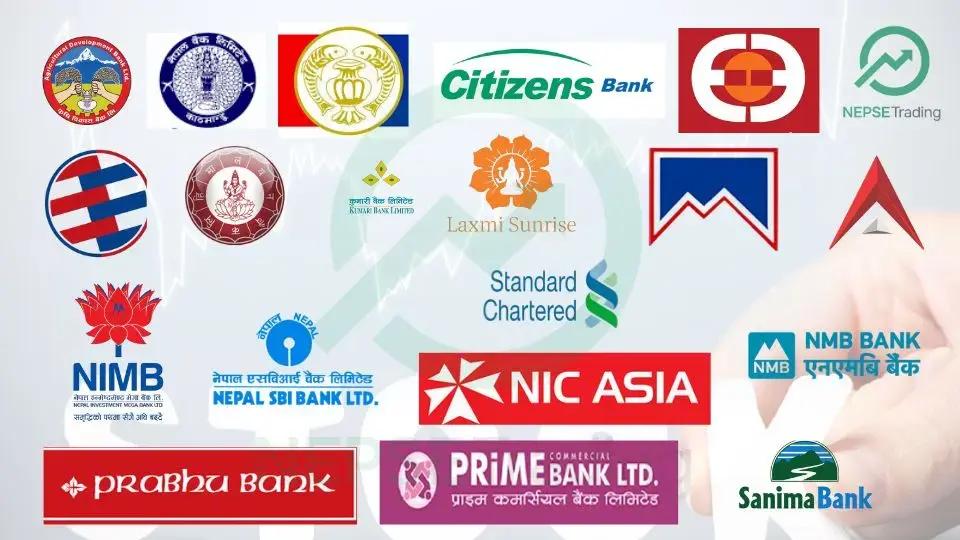By Dipesh Ghimire
Nepal’s Federal Consolidated Fund Still in Deficit — Signs of Fiscal Strain Despite Narrowed Gap

Kathmandu, October 31 (Nepse_Trading Report) — Nepal’s fiscal health remains under pressure as the latest report from the Office of the Auditor General (OAG) reveals that the Federal Consolidated Fund stood negative by Rs. 196.34 billion at the end of fiscal year 2081/82 (2024/25). The figure, though slightly improved from the previous year’s Rs. 224 billion deficit, underlines persistent imbalances in the government’s fiscal management and spending discipline.
Fiscal Imbalance and Structural Weakness
The consolidated fund represents the government’s cumulative fiscal position—essentially the balance between total revenues and expenditures across all federal accounts. A negative figure indicates that cumulative government spending has exceeded revenue collection, creating a fiscal deficit that must be financed through borrowing or reserves.
While the OAG report notes that revenue collection during FY 2081/82 surpassed expenditure for that year alone, accumulated adjustments from previous fiscal years and unrealized dues have kept the fund in deficit. This reveals a structural fiscal weakness, where the government continues to carry forward old liabilities and unpaid obligations despite apparent annual surpluses.
Economists interpret this as a sign that Nepal’s budget discipline remains fragile. The inability to align long-term expenditures with realistic revenue targets—along with mounting recurrent spending and interest obligations—continues to strain fiscal stability.
Cash Position: Negative, But Liquidity Supported by Funds
Adding to the concern, the federal government’s cash position was reported negative by Rs. 31.34 billion, meaning the Treasury had more payments due than liquid cash on hand. However, after accounting for various fund balances and extra-budgetary deposits, the government’s total cash and bank reserves turned positive by Rs. 65.81 billion.
This suggests that while immediate liquidity stress exists within the central Treasury, the overall fiscal system is temporarily supported by unspent funds from other accounts—such as special-purpose funds, donor-supported projects, and public enterprise surpluses. Analysts caution that such inter-fund dependence is not sustainable in the long run, as it masks underlying cash flow stress in the core federal account.
Improvement of Rs. 28 Billion Reflects Controlled Spending
Compared to the previous fiscal year’s deficit of Rs. 224 billion, the latest figure shows an improvement of Rs. 28 billion, indicating that the government has moderated its expenditure or improved its revenue performance slightly.
This narrowing deficit may reflect a combination of revenue recovery through customs, VAT, and income tax collections after the slowdown of FY 2080/81, and reduced capital expenditure due to delays in project implementation. However, this also raises a red flag: the reduction in deficit may be driven more by underspending than genuine revenue growth, meaning Nepal’s fiscal correction could be cyclical rather than structural.
Governance and Transparency Challenges
The report, presented by Auditor General Shobha Kant Paudel to Finance Minister Rameshwor Prasad Khanal, also underscores ongoing challenges in public finance management, transparency, and audit compliance. Unreconciled accounts between ministries, delays in revenue transfers, and weak monitoring of local government spending continue to distort Nepal’s fiscal picture.
Analysts stress that unless the government implements institutional budget discipline and real-time reporting systems, the “deficit reduction” may remain a superficial achievement.
Broader Implications for Fiscal Policy
A sustained deficit in the Federal Consolidated Fund limits the government’s ability to expand development spending and forces greater reliance on domestic borrowing and foreign loans. With interest costs rising and limited fiscal space, Nepal may face difficulties in meeting future debt sustainability and fiscal responsibility targets.
Experts suggest that the Ministry of Finance should focus on:
Improving tax administration and compliance to strengthen internal revenue.
Streamlining subsidies and recurrent expenses, which consume over 70% of total expenditure.
Enhancing transparency in intergovernmental fiscal transfers and project implementation.
Despite an apparent Rs. 28 billion improvement, the Federal Consolidated Fund’s negative balance of Rs. 196 billion remains a warning sign for Nepal’s fiscal stability. The country’s economic recovery will depend not only on revenue growth but on structural fiscal reforms, better spending discipline, and transparency in financial reporting.









